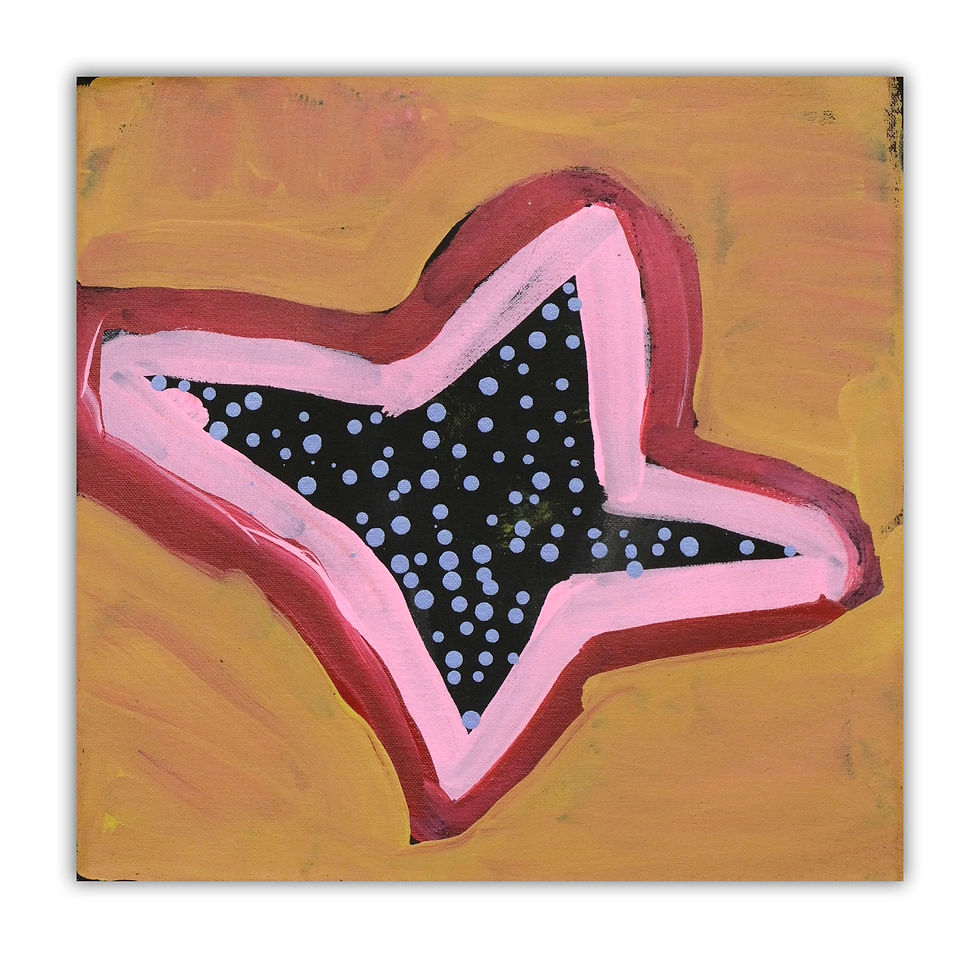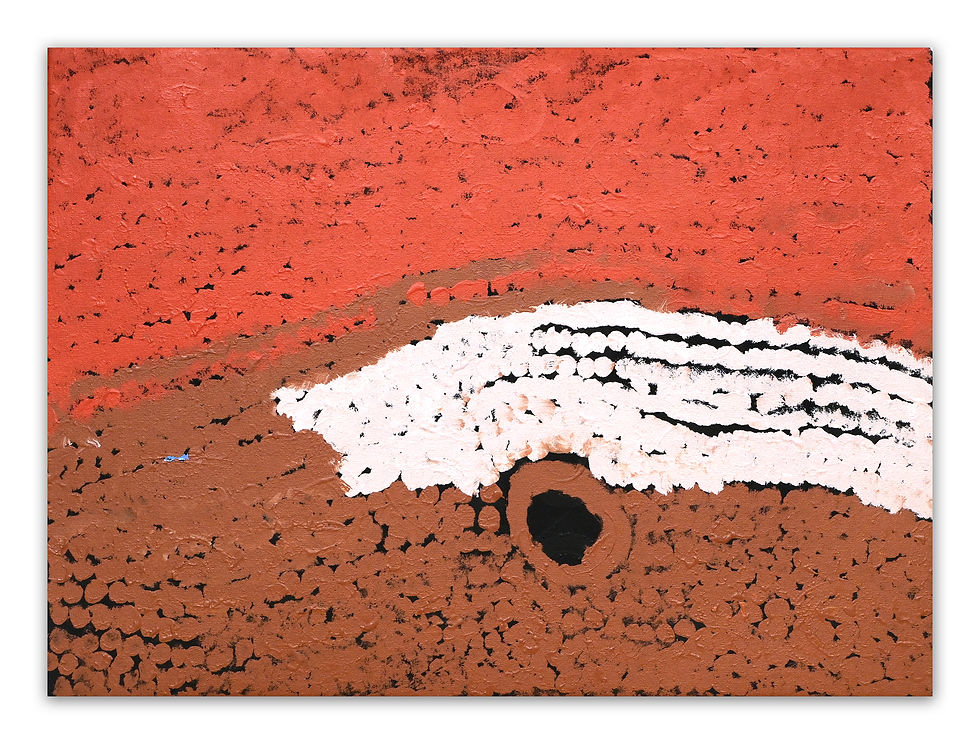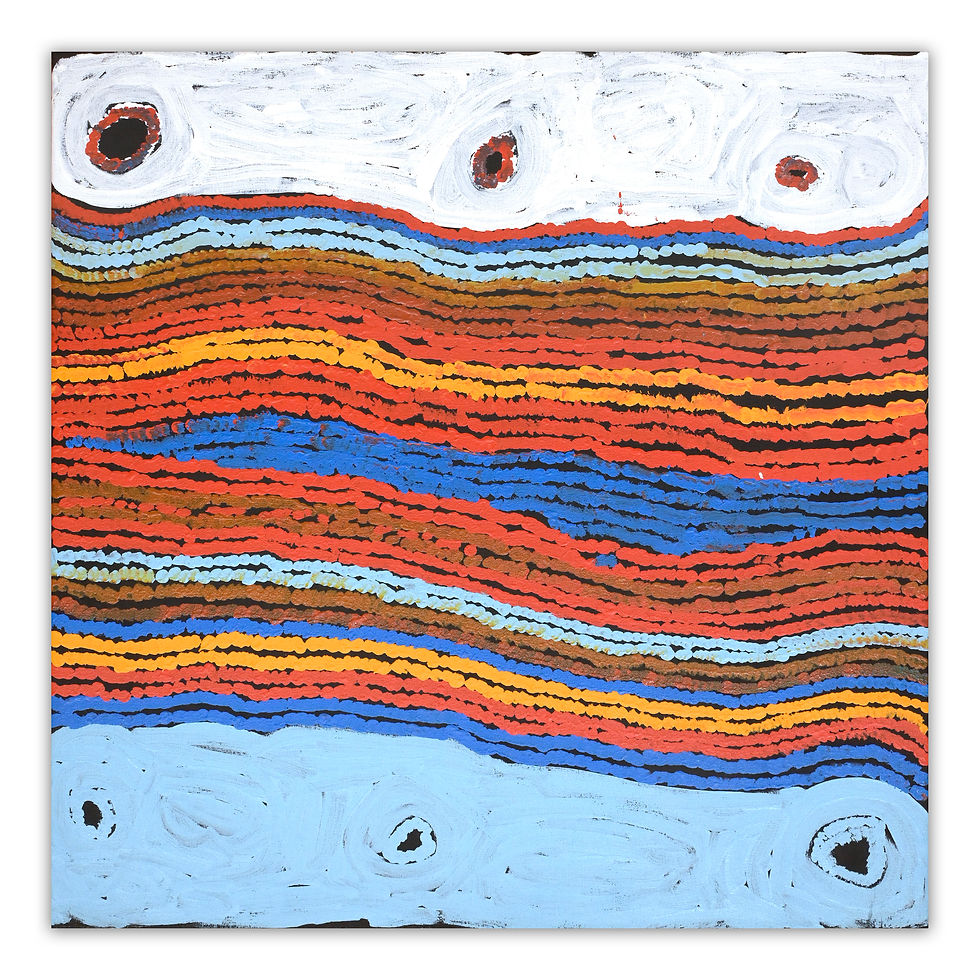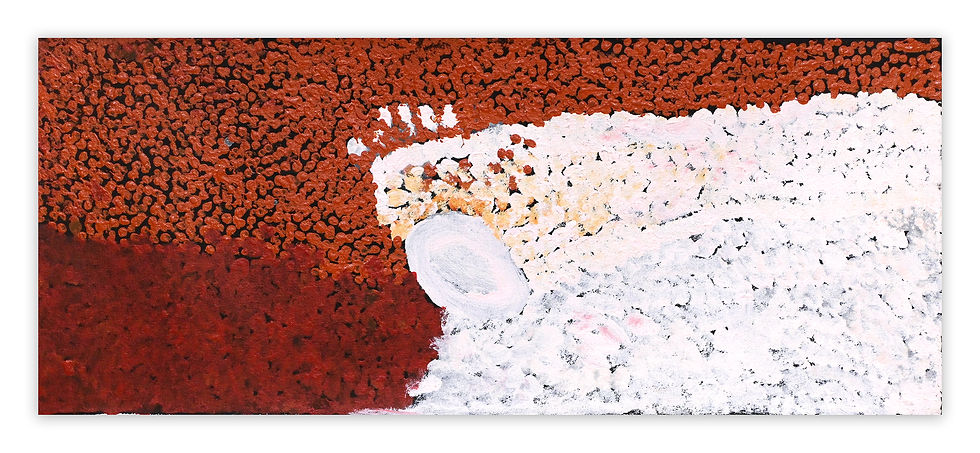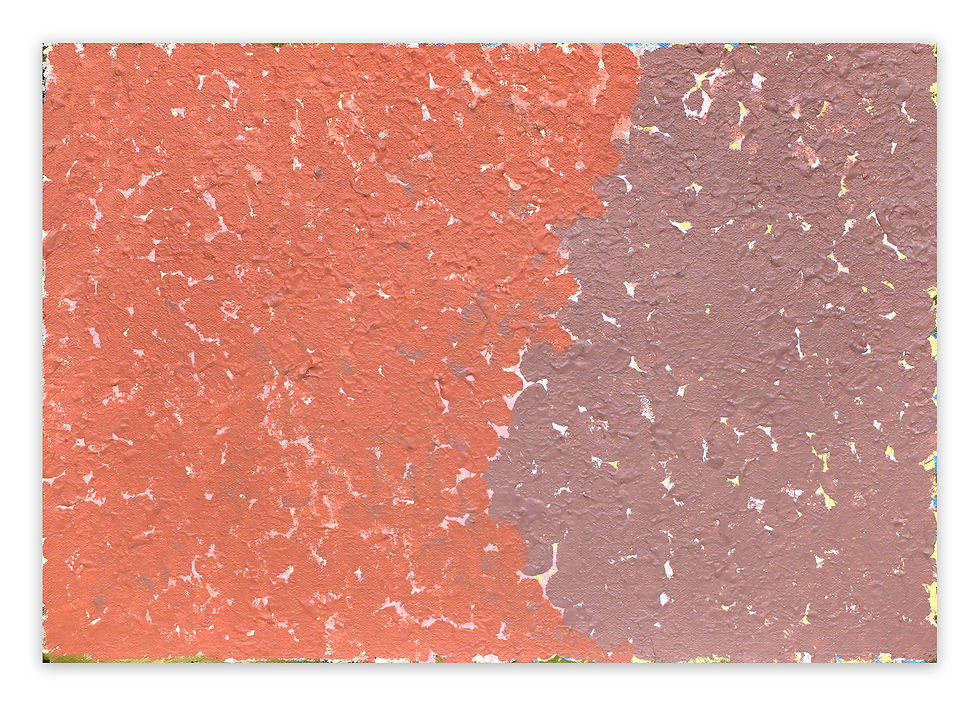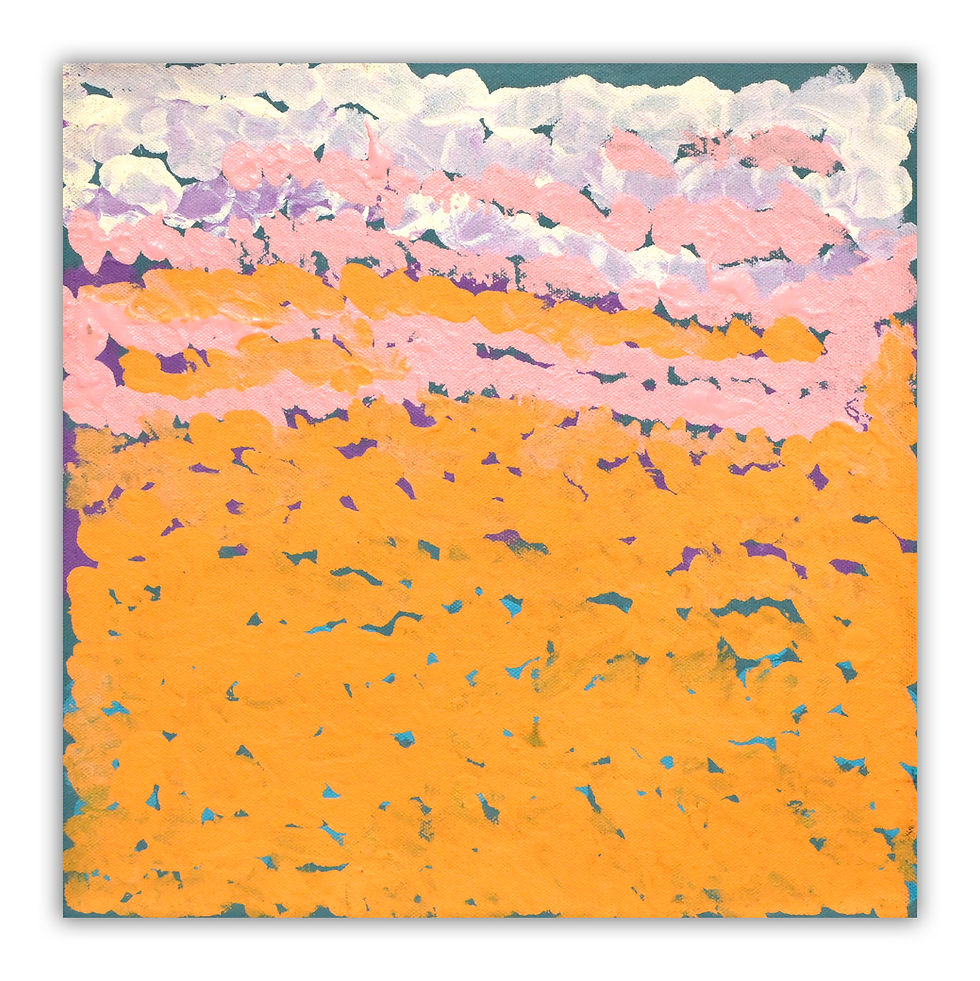PRINCE OF WALES - BODY MARKS
PRINCE OF WALES
BODY MARKS, 1998
102 x 102 cm; 105 x 105 cm (framed)
acrylic on linen
PROVENANCE
Karen Brown Gallery, Garramilla (Darwin), NT Cat No. PW313Private collection, Tarntanya (Adelaide), SA
acquired from the above in July 1999
Deutscher and Hackett, Important Australian Indigenous Art, Melbourne, 26/03/2025, Lot No. 7
Private collection, Gadigal (Sydney), NSW
STORY
In Larrakia tradition, senior men who hold custodial authority over land, ceremonies, and dance are often referred to as “Kings.” Around 1935, the artist later known as Prince of Wales was born Midpul at Cullen (Kahlin) Beach, then an untouched stretch of Darwin’s coastline. His father was King George, a prominent Larrakia leader, and his mother passed away when he was still a child. Raised by his mother’s kin, Midpul was taught to become a respected Law Man and Song Man, developing exceptional ceremonial knowledge and skills. He became renowned for leading corroborees, including performances for visiting international dignitaries. In the 1970s, he led the ceremonial dance presented to Queen Elizabeth II on her Commonwealth tour of the Northern Territory, after which he was widely known by the name “Prince of Wales.” Following a stroke that restricted his ability to perform, he turned to painting as a way to preserve the ceremonial body designs that had been central to his life as a dancer and leader. His standing as an artist was affirmed in 2001 when he received the Telstra National Aboriginal and Torres Strait Islander Art Award in the Open Painting category.
The painting Body Marks (1998) exemplifies this commitment to ensuring ceremonial knowledge would endure in painted form. Created on his characteristic white ground, the work depicts a tan rectangular design surrounded by fields of alternating coloured dots. Within the central motif, rhythmic blue-black markings are punctuated with subtle tan and white accents, producing a vibrant sense of movement and intensity. These patterns replicate the body painting that he once applied to men before performance, but here they are transformed into a lasting visual record.
As curator Hetti Perkins has observed, his paintings carry a “musicality,” where dots and bars punctuate the surface with a rhythm akin to sheet music, echoing the songs and dances from which they originate. Painted just a year after his acclaimed 1997 solo exhibition at Gallery Gabrielle Pizzi, Melbourne, Body Marks demonstrates how Prince of Wales transformed ephemeral ceremonial designs into enduring works of art that speak both to Larrakia cultural identity and to a broader history of Indigenous artistic innovation.






